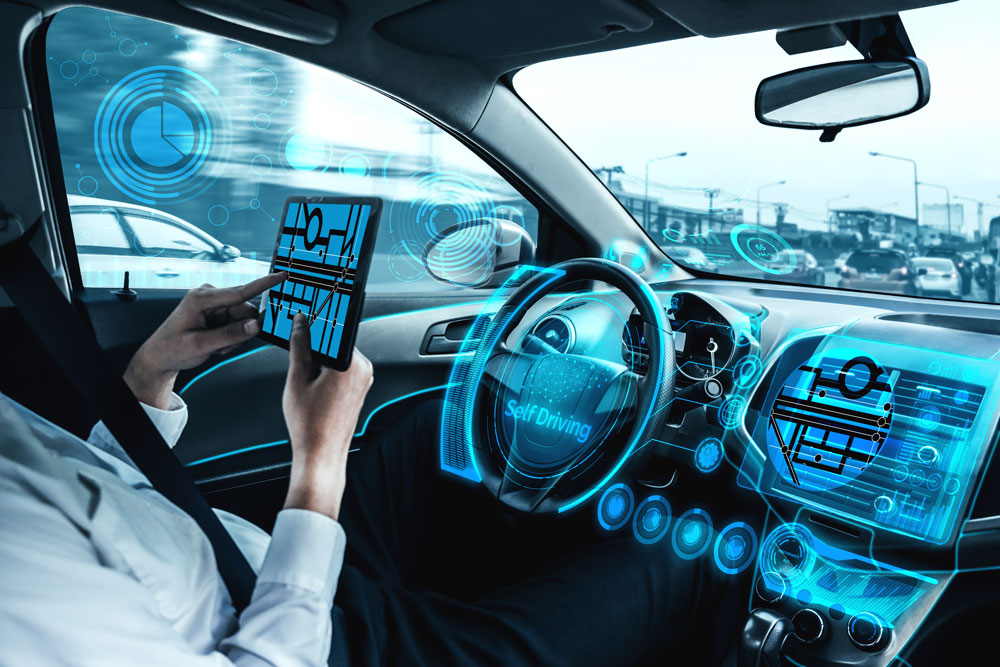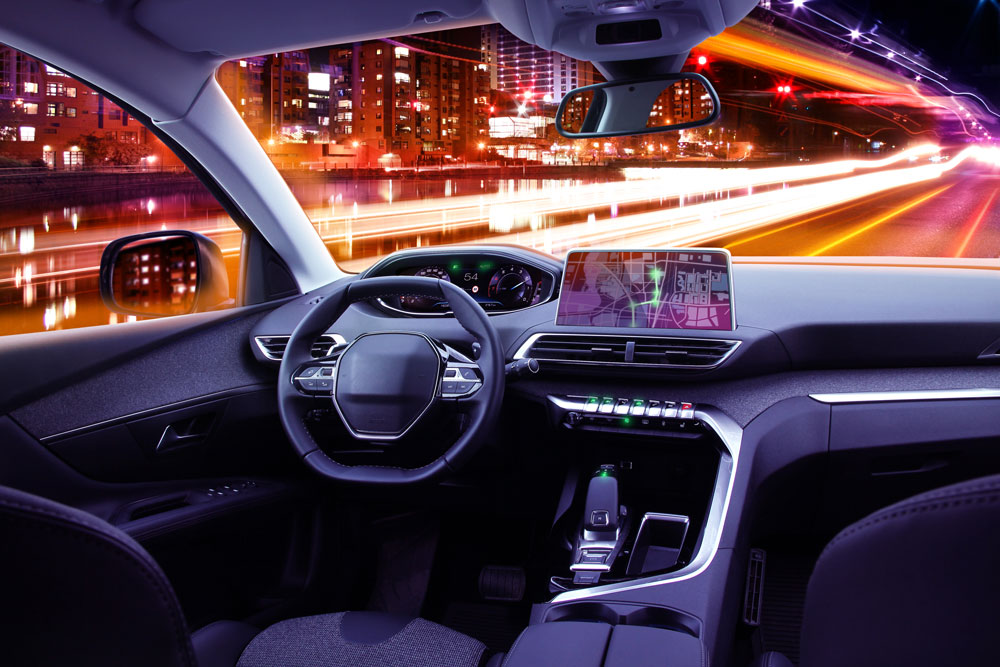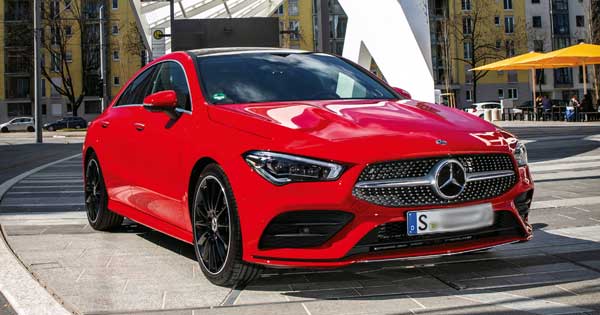FAST TRACK

CHECK OUT THE NINE BEST CELEBRITY OWNED WINES
September 22, 2020
NIFTY WAYS TO AVOID SKIN PROBLEMS WHEN YOU WEAR YOUR MASK
September 23, 2020
FUTURE MARVELS
Focussing on efficiency
COMPILED BY Dyan Seneviratne
Even though motor vehicles have transformed in leaps and bounds since their introduction, the pace of improvement continues to escalate. This is particularly evident in advancements to combat the negative impacts of conventional transportation. Some futurists predict the appearance of self-driving cars in the next decade.
Many analysts expect a new wave of manufacturers such as Google and Apple to supplant traditional mass automobile manufacturers – e.g. General Motors, Ford, Honda and Volkswagen – with their head start on new technology.
There are also predictions that fewer cars will be owned by families since a single vehicle would serve various family members sequentially and simultaneously without waiting for a driver.
For instance, a driverless car could return to its home base after transporting a person to the workplace and be available to drive other family members during the day before returning to pick up the office worker later in the evening. There will also be an increase in shared mobility where people would use cars without owning them.
Significant improvements in design and mechanical efficiency have contributed to reduce the negative impact of vehicles.
DESIGN The first vehicles resembled the horse-drawn carriages they replaced – they were simple boxes on wheels. Early manufacturers had little knowledge of aerodynamics, which is the resistance of objects moving through the air or what’s known as ‘drag.’
Drag increases proportionately with speed. The shape of the car – especially the front – directly affects the energy consumed as the vehicle moves forward.
Another effect of increased speed is additional lift or a tendency for the body of the car to rise above the road surface due to air flowing beneath it. This reduces traction and stability during turns. The use of wind tunnels has guided vehicle design engineers to reduce sharp edges and improve streamlining to reduce drag, lift and energy consumption.
Consequently, the makes and models appear to be similar as manufacturers quickly adopt any advantages gained by a rival. Future cars are likely to be shorter and curvier while maintaining or expanding interior space for passengers.

EFFICIENCY The four-stroke internal-combustion engine (ICE) has been the primary source of power for automobiles for decades. Over the years, technological advances such as double overhead cams featuring four valves with variable valve timing, forced induction of air, fuel injection, computer adjusted fuel injection and variable valve timing have boosted engine efficiency and power.
The widespread use of the engine control unit, which is an on board computer that regulates ignition timing, air-fuel mixture and idle speed, leads to greater fuel efficiency and constant engine diagnosis.
Transmissions are more efficient, having evolved from manual shifting of three forward gears and reverse to automatic shifting of six to eight gears and reverse. Improved hydraulics enable effortless power steering while antilock brakes have drastically reduced stopping time and space.
Eventually, vehicles of the future such as driverless cars will be more energy efficient, safer, less damaging to the environment and more economical to operate than any mode of transportation in the human experience.
Breathtaking, isn’t it?






